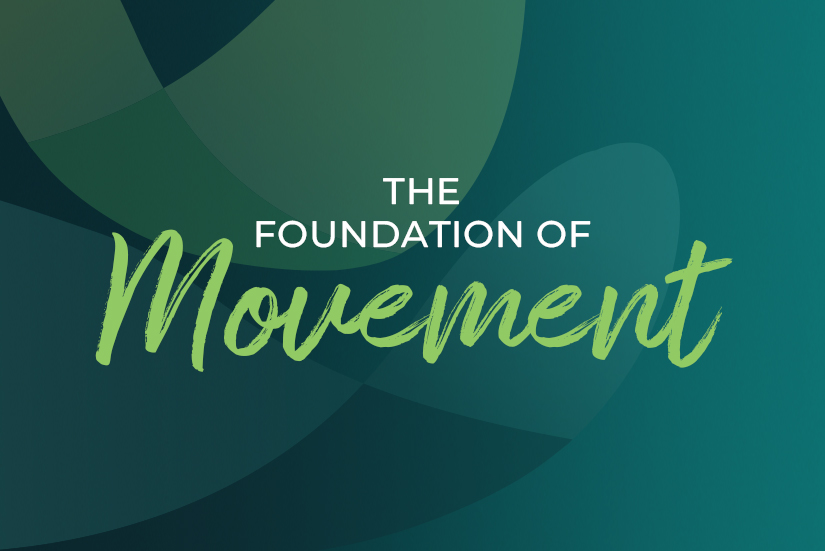The Foundation of Movement: It Starts with Happy Feet

Your feet carry you through every step of the day, yet they rarely get attention until they hurt. Whether it be standing, walking, lifting, or running, all that power starts at the ground. Strong, flexible feet support your posture, help your balance, and keep you moving with less strain. At St. Cloud Surgical Center, we see firsthand how healthy feet set the foundation for overall well-being.
If you deal with sore heels, tight calves, flat feet, or plantar fasciitis, you’re not alone. The good news? Small daily habits can make a big difference. This guide explains why happy feet matter and offers expert-backed tips to prevent pain and improve movement.
Why Happy Feet Power Your Posture, Balance, and Mobility
Think of your body as a chain: feet, ankles, knees, hips, and spine. If one link is off, the whole chain feels it. When arches collapse or ankles move poorly, knees can fall inward, hips twist, and the lower back takes on extra strain. And, over time, these small foot faults add up. If something feels off, your chain is likely not functioning properly and needs some realignment. This could be minor, or it could require more in-depth intervention.
Early warning signs to watch for:
- Morning heel pain or stiffness
- Sore arches after standing or walking
- Numb toes, hot spots, or calluses
- Uneven shoe wear
Catching these signs early can prevent bigger problems from occurring.
Daily Habits for Happy Feet
Pick shoes that fit right: It’s important to wear shoes that fit right. Improper shoes can lead to foot problems like bunions, hammertoes, blisters, calluses, and ingrown toenails, as well as pain in other parts of the body, such as the back, hips, and knees.
When it comes to shoes, practice these habits:
- Thumb-width space in the toe box, secure heel, bend at the toes, not the arch.
- Replace running shoes every 300–500 miles.
- Try a shoe with a wider toe box to let toes spread naturally.
- Keep high heels or flimsy flip-flops for short-term use.
- Work with a specialist if needed.
5-minute foot strength routine: If you ever feel weak in your feet, try some at-home stretches!
- Towel scrunches – pull your toes back with a towel, slow and controlled.
- Toe yoga – lift the big toe while keeping other toes down; switch.
- Calf raises – rise up slowly, pause, lower slowly.
- Short foot hold – draw the ball of your foot toward your heel gently.
Do 2 sets of 8–12 reps per exercise, focusing on smooth motion and no pain.
Stretches for tight calves and plantar fascia: Wall calf stretches (straight knee for upper calf, bent for deeper calf) 20–30 seconds, 2–3 times per side. Pull toes back for a gentle plantar fascia stretch; roll arch over a small ball or frozen bottle for 1–2 minutes.
The real key is a smarter recovery: Massage tight spots, ice soreness briefly, elevate feet after standing or travel, rotate shoes, wear moisture-wicking socks. Pain? Pause, rest, and return gradually.
Solving Common Foot Problems
Flat feet or high arches: Both can work well if strong and pain-free. If feet tire during long days, try cushioned or supportive insoles. Custom orthotics help some, but many benefit from simple options paired with strength exercises.
Heel pain or plantar fasciitis: Ease up on impact, stretch calves and arches twice daily, roll arches, wear supportive shoes. Night socks or straps gently stretch while sleeping. Gradually return to higher-impact activity.
When to see a podiatrist or physical therapist: Sharp or worsening pain, swelling, numbness, color changes, pain lasting more than two weeks, or post-fall issues deserve professional evaluation. Early visits help athletes, and long-standing standards prevent bigger problems.
Foot care for kids, teens, and active adults:
- Kids: Encourage varied play in safe shoes that fit.
- Teens: Mix shoe styles; avoid constantly tight fashion shoes.
- Active adults: Increase training gradually, track miles, replace worn shoes, and add rest days.
Common Foot Issues We Treat at St. Cloud Surgical Center
- Bunionectomy: Surgical correction of bunions to relieve pain and restore proper alignment.
- Hammertoe Correction: Treatments to straighten bent toes caused by tendon imbalance.
- Toe Reconstruction: Procedures to repair toe deformities or injuries, improving both function and appearance.
- Diabetic Neuropathy and Peripheral Nerve Surgery: Specialized care to manage complications from diabetes or nerve damage, protecting foot health and mobility.
- Bunions: A bony bump at the base of the big toe that can be corrected for long-lasting results.
Start Simple, Stay Consistent
Strong, well-cared-for feet support posture, balance, and daily comfort. Pick one habit today to try. Be it the 5-minute routine, stretching your calves, or choosing shoes that truly fit, a simple change can make a big difference, and your body will thank you with smoother steps and less strain. Start simple, stay consistent, and keep your foundation happy.
If you are experiencing pain in your foot or ankle, don’t hesitate to call the team of experts at St. Cloud Surgical Center. Together, we can come up with a plan that makes your feet happy again!